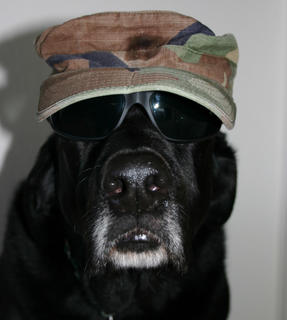Tourniquets
It looks as though the Army is re-thinking its training on tourniquets. When I took Combat Lifesaver training way back in 1997, our instructor told us that a tourniquet was a last-result effort to save someone's life after all other means of stopping the bleeding had been exhausted. This was because the patient would have everything amputated below the tourniquet.
Apparently, our experience in Iraq has changed things. Now, the US Army Medical Command writes: "Extremity hemorrhage continues to be the leading cause of preventable death on the battlefield. The tactical situation may not allow the time nor safety for conventional methods of controlling bleeding. The recommended means to control bleeding in a tactical environment while under fire is a rapidly applied tourniquet."
So, the Army needed a rapidly accessable tourniquet that you didn't have to improvise (like I had to do in Combat Lifesaver way back in 1997). Enter the Combat Application Tourniquet System (CATS). "CATS (NSN 6515-01-521-7976) is the tourniquet of choice for issue to individual soldiers. It is lightweight, easy-to-use, and could be the primary factor in saving a life on the battlefield."
I keep hearing from my medics that most of us will get issued a CATS to carry with us when we get overseas. In the event of substaintial blood loss, a soldier can even apply it with one hand to themselves.
(update: ROFASix also blogged about tourniquets and how difficult it has been to get them into the hands of soldiers in the field.)
 "Six"
"Six"



<< Home